What is Dysport and How Does it Work?
Dysport is a cosmetic treatment that like Botox uses neurotoxins to reduce the appearance of fine lines and wrinkles on a person’s face. Dysport blocks nerve signals and muscle contractions that cause dynamic wrinkles. The proteins used in Dysport are smaller than those used in Botox, allowing practitioners to achieve a more subtle result for patients with very fine lines. This makes Dysport a great option for those looking for a more natural-looking outcome.
Treatment
During treatment, a small amount of Dysport is injected into the muscle using a fine needle. The procedure is relatively quick and usually takes only a few minutes. There is minimal discomfort, and most patients report only a slight pinching sensation. The effects of Dysport can be seen within a few days, and the results typically last for four to six months. After this time, the treatment can be repeated to maintain the desired results.
FAQs
-
The effects of Dysport generally last 3 to 4 months. As the Dysport is absorbed, muscle action gradually returns and with it the lines and wrinkles caused by those muscles. Additional sessions will then be needed to maintain your results. Over time, lines and wrinkles will appear less severe because the muscles are being trained to relax.
-
Dysport reduces the appearance of lines that affect the glabella, the area between your eyebrows. These lines extend upward between the eyebrows toward the forehead. Glabella lines are especially noticeable when you frown or squint. Dysport is very effective in reducing the appearance of lines between the eyebrows, frown lines, and lines across the forehead.
-
The cost of Dysport is measured by the unit. At BeautyOne we charge $10 per unit of Dysport. The number of units is based on the area that you want treated. A free consultation with your specialist will provide you with the exact price of your injection.
-
At BeautyOne all of our treatments are preceded with a free consultation. During your consultation your health and medical history will be discussed, along with your goals for the outcome of the procedure. The areas that you are interested in treating will be assessed, and the details of the procedure along with any risks and aftercare will be discussed. Your specialist will then perform a facial analysis to determine the exact injection areas for your anatomy. Your questions will be addressed and answered.
Before the procedure, photographs will be taken to have record for yourself so you can see the improvement that has occurred from the treatment. A consent form will be given to you, along with a brief health history to rule out any contraindications between the prescription injection and allergies or medical conditions that you may have.
The actual injection is performed by a very fine needle so it is very tolerable. You may not even feel the prick of the needle! The use of a topical numbing agent can be applied before. A few pokes will be needed per area, all based on what areas is being injected. The actual injection will only take a few minutes.
-
The actual treatment usually takes around 30 minutes in total.
-
Many patients come in for treatment every 3-4 months.
-
Results can be seen as early as 2 to 3 days, with the full impact of the treatment at two weeks.
-
While there is no actual downtime, you may notice some slight swelling, which will dissipate within a few hours after treatment. You may also notice some light bruising for a couple of days, which is very common and will gradually disappear. You may notice some changes in 3-5 days and complete affects after 1-2 weeks.
Bruising and mild swelling at the injection sites are the most common side effects of Botox. Rare adverse reactions include developing an eyelid droop or heavy brow post treatment. Both of these effects can last a few weeks but can usually be mitigated with either eye drops or a small “tweak” to balance the muscle action. After treatment it is important not to lie down for 4 hours, not to exercise the day of treatment and to treat the face gently for 12 hours. This post care protocol can help to minimize these adverse reactions. Both the eyelid droop and heavy brow are entirely reversible within a few months.
If symptoms of an allergic reaction are experienced (such as itching, redness, dizziness, or difficulty breathing) the patient must seek medical attention right away.
-
People who are in good health and who have unwanted facial wrinkles are good candidates for Dysport. The wrinkles must be located in an area where Dysport is effective, like on the forehead and between the eyebrows.
Wrinkles caused by sagging skin don't generally respond to Dysport treatments.
Dysport CANNOT be used in those who are immunocompromised, allergic to the medication, people with skin infections or women who are pregnant or breastfeeding.
-
One of the main differences between Dysport and Botox is the areas in which they are approved for use. Dysport is primarily used for correcting glabellar lines, the frown lines between your eyebrows.
Botox, on the other hand, can be used to treat many different types of wrinkles, including crow’s feet, forehead wrinkles, and laugh lines.
Some people have experienced quicker results with Dysport, noticing a reduction in wrinkles in only 2-3 days. The results of Botox generally take around a week to appear, but both injectables reveal their peak results at around 2 weeks. When looking at how long the results last, both Dysport and Botox last around 3-4 months.
The best way to decide between Dysport and Botox is to meet with our expert team. They can discuss your skin-care goals with you and help you decide which is a better option for you.


